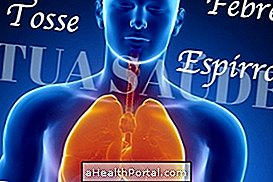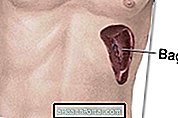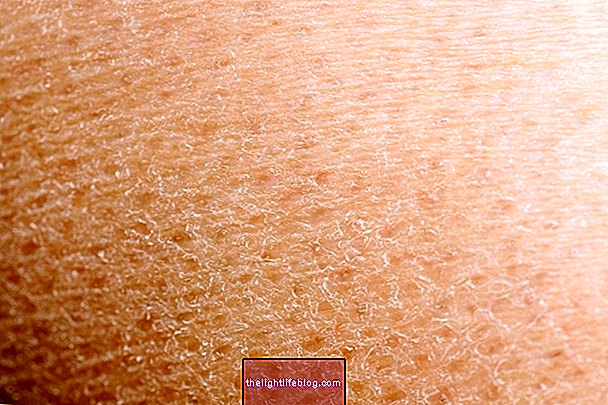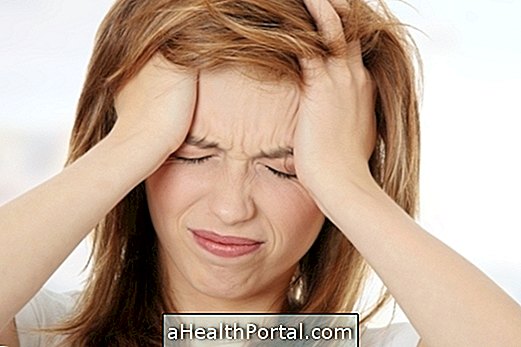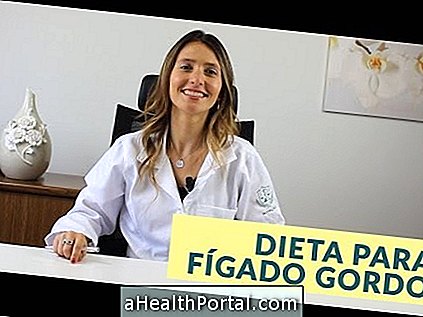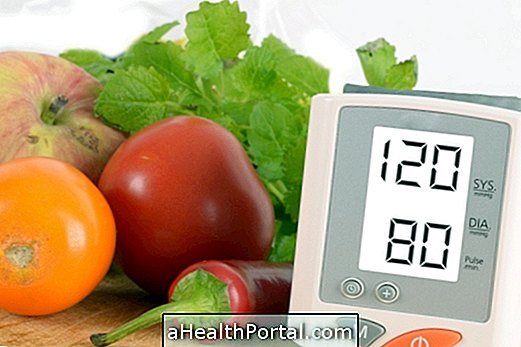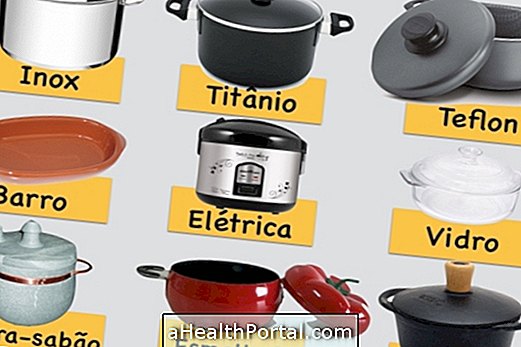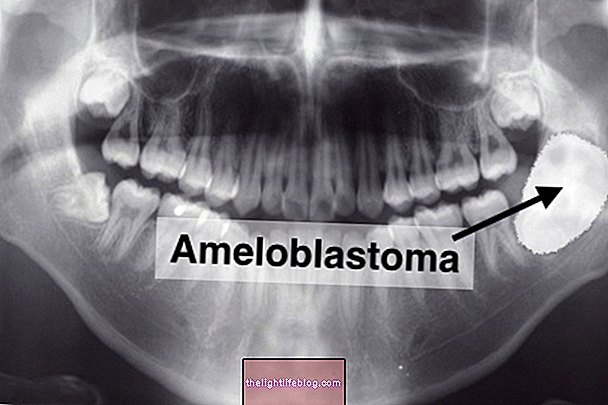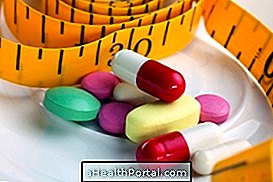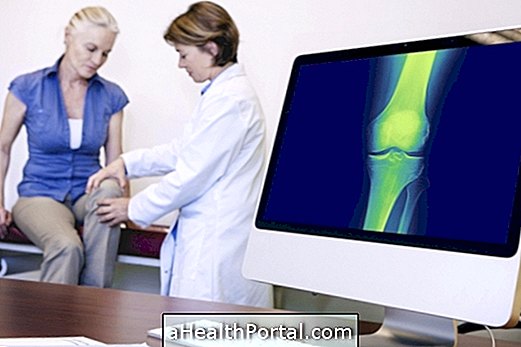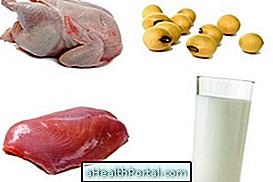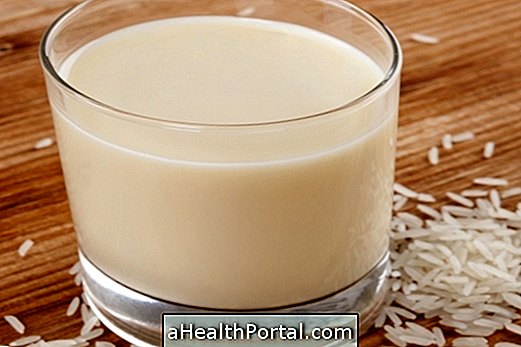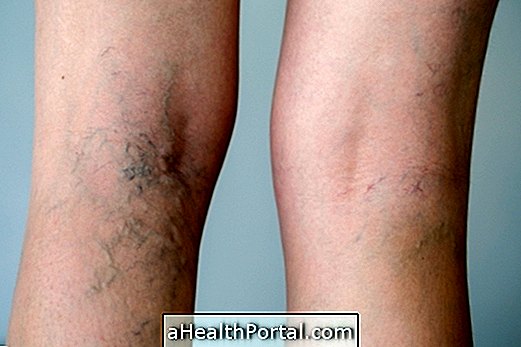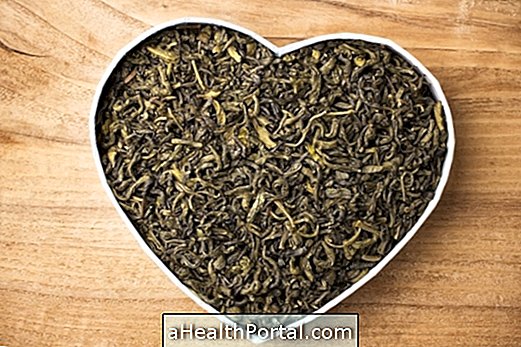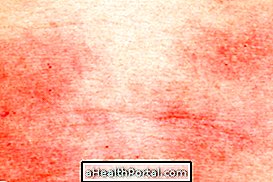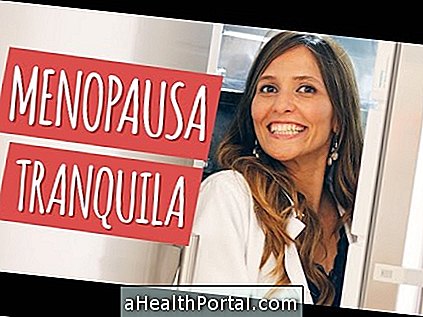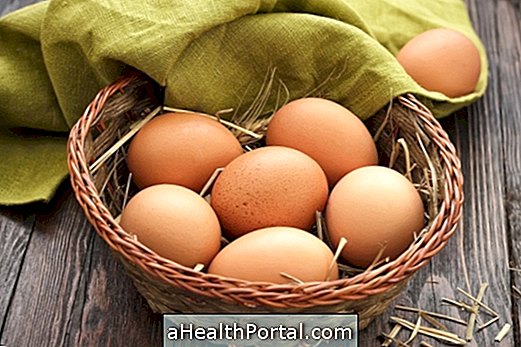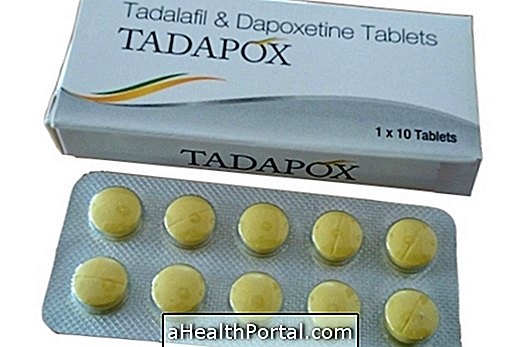Symptoms of acute myocardial infarction are caused by the blockage or clogging of a vessel of blood from the heart by fat or clot blocks, which block the passage of blood and cause death of the heart cells.
Infarction can occur in people of any age, whether in men or women, but occurs more often in people over 45 and who smoke, are overweight, high blood pressure, diabetes or high cholesterol. The main symptoms that indicate this problem include:
- Pain in the left side of the chest, in the form of tightness, pinpoint or weight, which can radiate to the neck, armpit, back, left arm or even, right arm;
- Numbness or tingling in the left arm;
- Stomach pain, unrelated to food;
- Back pain;
- Malaise;
- Nausea and dizziness;
- Pallor and cold sweat;
- Difficulty breathing or rapid breathing;
- Dry cough;
- Difficulty sleeping.
These symptoms usually arise or intensify with physical exertion, during stress or after eating, as they are times when the heart tries harder and can feel more of the effects of lack of circulation.
See if you risk having a heart attack by entering your data into the calculator:
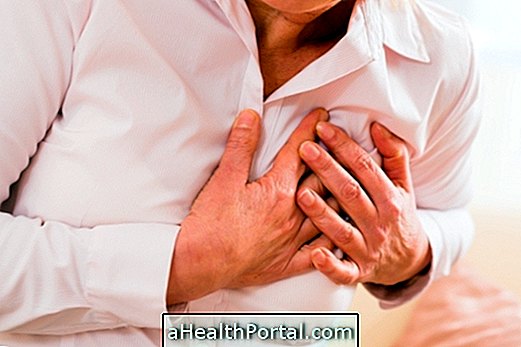
Although the above symptoms are the main and most common in any person, the infarct may also arise with some particular characteristics in some groups. Some examples of this are:
1. Symptoms of infarction in women
Women may have symptoms that vary slightly in relation to men, as they may be milder, such as a discomfort in the chest, feeling of malaise, irregular heartbeat or feeling of heaviness in one of the arms. As these symptoms are not very specific, this can be confused with other situations like maldigestion or indisposition, for example, and this can delay the diagnosis.
Women have a lower risk of myocardial infarction than men, but this risk increases greatly after menopause, since estrogen levels decrease in this period, which is a hormone allied to the heart, as it stimulates vessel dilatation and facilitates blood flow . Therefore, whenever the symptoms persist, and especially if they worsen after exertion, stress, or eating, it is very important to seek the emergency room for medical evaluation. Check out more details on the symptoms of heart attack in women.
2. Symptoms of infarction in young people
The symptoms of infarction in young people are not very different from the main symptoms, prevailing pain or tightness in the chest, tingling in the arm, nausea, cold sweat, pallor and dizziness. The peculiarity is in the fact that young people have a greater chance of having a fulminating heart attack, one that arises suddenly and that can often cause the death of the victim before it can be attended by the doctor. This happens because, unlike the elderly, the young people do not yet have time to develop the so-called collateral circulation, responsible for irrigating the heart together with the coronary arteries, reducing the impact of the lack of circulation in the heart.
The infarction usually occurs in men over 40 and women over 50, because risks such as excess cholesterol, obesity, high blood pressure and diabetes cause damage to the blood vessels, silently, over many years, and only in this The more advanced age group is the consequence as heart attack and stroke.
However, some people under the age of 40 may have a heart attack, and this is usually due to genetic changes that cause metabolic changes in the bloodstream. This risk is increased when the young person leads an unhealthy life, with obesity, smoking, excessive consumption of alcoholic beverages and lack of physical activity. Understand more about how to identify and treat a fulminant heart attack.

3. Symptoms of infarction in the elderly
Older people may be more likely to have a silent heart attack because over the years circulation can develop blood vessels that make collateral circulation, helping the coronary heart to carry blood to the heart. In this way, the symptoms may be milder and persist for many days, such as excessive sweating, shortness of breath, pallor, change in heartbeat or chest discomfort, for example.
However, this is not a rule, and there may be mild to severe pain, accompanied by a feeling of weight or tightness on the chest. Pain may also arise in the upper abdomen, and may be confused with gastritis or reflux.
The elderly have a greater risk of developing cardiovascular diseases, such as heart attack and stroke, because the body has changes in blood circulation, heartbeat and heart capacity, making it more likely to develop these complications. However, the risk is reduced if the elderly have healthy lifestyle habits, such as a diet rich in vegetables and low in carbohydrates and fat, staying at controlled weight and performing physical activities.
When to go to the doctor
When the person has severe pain between the mouth and the navel that lasts more than 20 minutes and has other symptoms that are related to the infarction, you should go to a hospital or call 192 to call SAMU, especially in cases of a history of diabetes, high blood pressure, obesity and high cholesterol.
In addition, to help relieve pain and improve circulation, people who have never had a heart attack can take 2 aspirin tablets while waiting for the ambulance.
If you are present in a case of infarct with loss of consciousness, the ideal is to have a heart massage while waiting for the arrival of the ambulance, as it increases the chances of survival of the person. Here's how to do cardiac massage by watching this video:

See more tips on First aid for acute myocardial infarction.
